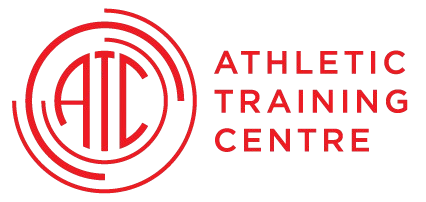Rethinking Exercise: Flexibility, Strength and Movement
Physical activity is undeniably beneficial—certainly better than just sitting on a sofa.
However, consider this: the idea of exercising as we know it today is a relatively new concept. If you go back just 100 years, activities like running, biking, swimming, or even lifting weights purely for exercise would have seemed absurd.
Imagine telling someone in the 19th century—or even earlier—that you were going out for a run. They’d probably think you were crazy. In an evolutionary sense, these practices are very recent developments for us.
It’s great that we’ve embraced exercise, especially since we move far less than our ancestors did. But there’s a catch.
These modern forms of physical activity are much less diverse than the range of movements people engaged in hundreds or thousands of years ago.
As we’ve advanced and molded our environment to suit our preferences, we’ve also moved less and with less variety. This trend has developed over centuries, even millennia.
But rather than delve too deeply into history, let’s focus on the present.
Activities like running and cycling pose a challenge to our bodies because they involve repetitive movements. Repeating the same patterns over and over can lead to imbalances, which in turn cause well-known health issues.
So, how do we address this?
First, we need to understand the full range of movements our bodies are designed to perform. Then, we must work on achieving that range through flexibility and developing control over it through strength.
Everyday life tends to diminish this range and control, so it’s essential to create a plan to reverse these negative trends. This can be done through targeted strength and flexibility training.
Additionally, we need to develop an awareness of what’s happening with our bodies at all times—a kind of real-time diagnostic.
I hope this helps!

